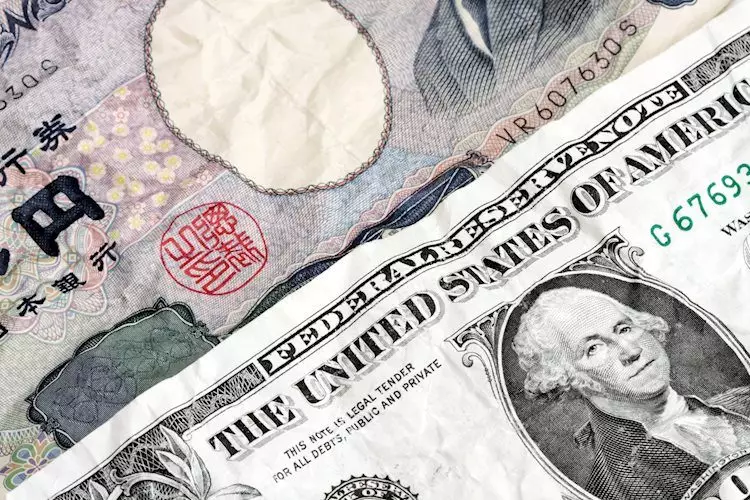The Japanese Yen has seen some support from speculations about a potential government intervention in the markets. The possibility of Japanese authorities stepping in has provided a glimmer of hope for investors amidst the currency’s struggles. However, the widening gap in interest rates between the US and Japan continues to pose a significant challenge for the JPY. The Bank of Japan (BoJ) has indicated a cautious approach to policy normalization, while the Federal Reserve (Fed) is expected to delay cutting interest rates. This divergent expectations between the two central banks are likely to keep the USD/JPY pair under pressure.
Investors are also keeping a close eye on key US macro data, including the Advance US Q1 GDP print and the US Personal Consumption Expenditures (PCE) Price Index. The upcoming BoJ meeting is also contributing to the cautious sentiment in the market. The flash PMIs released from Japan show signs of improvement in business activity at the beginning of the second quarter. However, the data has failed to impress JPY bulls, indicating underlying weaknesses in the economy. Japan’s Finance Minister and policymakers are closely monitoring currency moves, hinting at potential interventions if needed.
Following the historic decision to end the negative rate policy and Yield Curve Control (YCC) program, the Bank of Japan is expected to keep its short-term interest target unchanged. The central bank is likely to adopt a data-dependent approach in deciding the next interest rate hike, considering uncertainties in wage hikes and consumer prices. Meanwhile, investors have adjusted their expectations about the timing of the first rate cut by the Federal Reserve, pushing it back to September. Hawkish remarks by FOMC members have supported the US Dollar, limiting the downside for the USD/JPY pair.
Technical Analysis and Outlook
From a technical perspective, the Relative Strength Index (RSI) suggests overbought conditions on the daily chart for the USD/JPY pair. Any further slide is expected to attract dip-buyers near key support levels, preventing a sharp downturn. The focus remains on upcoming US data releases, including the Advance US Q1 GDP and the Personal Consumption Expenditures (PCE) Price Index. A break below key support levels could trigger aggressive technical selling, leading to a short-term trading range. On the upside, resistance levels near recent highs could challenge bullish traders and potentially extend the appreciating trend from previous lows.
Role of Federal Reserve in Currency Markets
Monetary policy decisions by the Federal Reserve have a significant impact on currency markets, particularly the US Dollar. The Fed’s mandate to achieve price stability and foster full employment drives its policy decisions, primarily through interest rate adjustments. When inflation is above target, the Fed raises interest rates to strengthen the US Dollar. Conversely, lowering interest rates can weaken the Greenback to stimulate borrowing and spending. The Federal Open Market Committee (FOMC) holds regular policy meetings to assess economic conditions and make monetary policy decisions. In extreme situations, the Fed may resort to non-standard measures like Quantitative Easing (QE) or Quantitative Tightening (QT) to stabilize the economy and the currency markets.
Central bank policies play a crucial role in shaping currency market trends. The divergent expectations between the Bank of Japan and the Federal Reserve have implications for the USD/JPY pair. Investors closely monitor key data releases and central bank decisions to gauge market sentiment and potential trading opportunities. Monetary policy decisions by the Federal Reserve are key drivers of the US Dollar’s strength or weakness, impacting global currency markets. Understanding the interplay between central bank policies and currency movements is essential for informed trading decisions in the forex market.


Leave a Reply